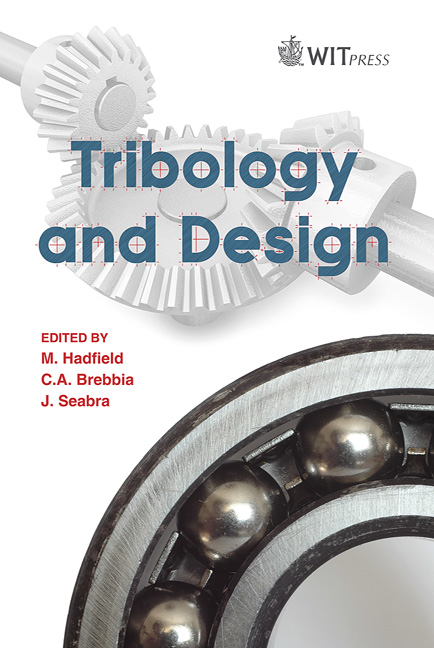Investigation On Contact Surface Damage Of Automotive Connector By Fretting Corrosion
Price
Free (open access)
Transaction
Volume
66
Pages
14
Page Range
141 - 154
Published
2010
Size
1,169 kb
Paper DOI
10.2495/TD100131
Copyright
WIT Press
Author(s)
M. A. Beloufa
Abstract
The main cause of electrical contact resistance degradation by corrosion is the vibration of contact interfaces. The purpose of this paper is to analyse the change of contact resistance under vibration test for uncoated sphere/plane contact made of new high copper alloys. The influence of electrical and mechanical properties of materials and mainly the hardness on contact resistance was studied in this work. During the fretting test, contact point was submitted to 16000 vibration cycles under fretting amplitude of 50 μm and 1 Hz frequency. The sphere part was fixed, while the plane part was submitted to a relative motion. At the end of the test, the fretted surfaces and the wear debris were analysed by scanning electron microscope and energy dispersive X-ray spectroscopy to evaluate damage, oxidation and elemental composition present in the wear surfaces. In addition, the measurement of the wear track profile using a 3D surface scanning system was introduced. Increases contact resistance and contact temperature has been examined during the fretting test. The results showed that the contact resistance for the harder alloy was higher than those obtained for the other materials. In addition, topographic measurement showed that the small wear track corresponds to the harder material. Finally, depending on the hardness and the resistivity, these uncoated materials influence fretting apparition and its level. Keywords: contact resistance, EDX and SEM analysis, fretting corrosion, high copper alloys, wear surface, 3D scanning profiler, crack, delamination. 1 Introduction Electrical connectors used in telecommunication, automotive and many other applications are exposed to degradation due to the vibration of mated contact surfaces. External mechanical vibration is the main cause of the fretting motion
Keywords
contact resistance, EDX and SEM analysis, fretting corrosion, high copper alloys, wear surface, 3D scanning profiler, crack, delamination





